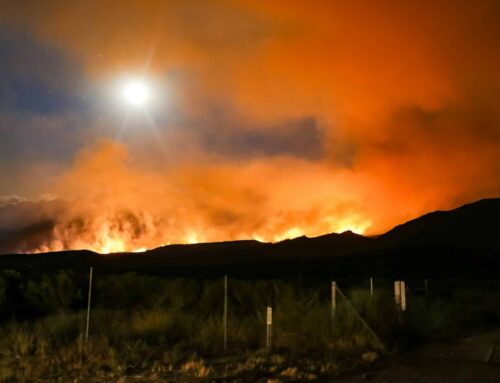The House Committee on Science, Space and Technology is planning to hold a markup on H.R. 4270, the Abandoned Well Remediation Research and Development Act introduced by Rep. Lamb (D-PA) and Rep. Bice (R-OK). The bill authorizes $162.5 million over FY2022-FY2026 to establish an abandoned well research, development, and demonstration (RD&D) program within the Department of Energy. When oil and gas companies cease operations but fail to clean up their wells soon after, the wells are considered idled or abandoned. Abandoned wells carry environmental and public health liabilities and are created by oil and gas companies that once profited from their operation, but funding their cleanup is often left to taxpayers.
In November, H.R.3684, the Infrastructure Investment and Jobs Act appropriated $30 million for the Department of Energy to conduct R&D on identifying, characterizing, and mitigating the environmental risks from orphaned wells. The main difference between an orphaned well and an abandoned well is that an orphaned well has no financially responsible party and an abandoned well does. (For more information about orphaned vs. abandoned wells, read our FAQ.)
It is unclear how the proposed RD&D program would be carried out, but oil and gas operators should remain responsible for remediating their abandoned wells. Instead of awards or grants to oil and gas companies to carry out R&D for reclaiming their own abandoned wells, charging a fee for letting wells sit idle, or putting a price on the greenhouse gas that they emit would be a better means of incentivizing the oil and gas industry to develop their own R&D on abandoned wells.
Summary of Provision included in H.R. 4270:
- Establish the Abandoned Wells Research, Development and Demonstration Program within the Department of Energy
- research, development, and demonstration activities include improving
- Remote sensor and LiDAR capabilities, optical gas imaging, magnetic survey technology, and any other technology that could efficiently identify abandoned wells
- understanding of how certain parameters of abandoned wells affect methane emission rates of such wells, including parameters such as well age, well depth, geology, construction, case material and geographic region
- efficiency and cost-efficacy of processes for plugging, remediating, reclaiming and repurposing abandoned wells, including
- Processes and technologies for plugging remoted abandoned wells
- Use of low carbon, lightweight cement, or alternative materials for plugging
- Repurposing of abandoned wells for alternative uses, including geothermal power production and carbon capture, utilization, and storage (CCUS)
- Defines an abandoned well as a well originally drilled in connection with oil and gas operations that is not being used, has not been plugged and has no anticipated use in oil and gas operations
- Authorizes appropriation of:
- $30 million for FY2022
- $31.25 million for FY2023
- $32.5 million for FY2024
- $33.75 million for FY2025
- $35 million for FY2026
- $162.5 million total for FY2022-FY2026
- research, development, and demonstration activities include improving











Get Social